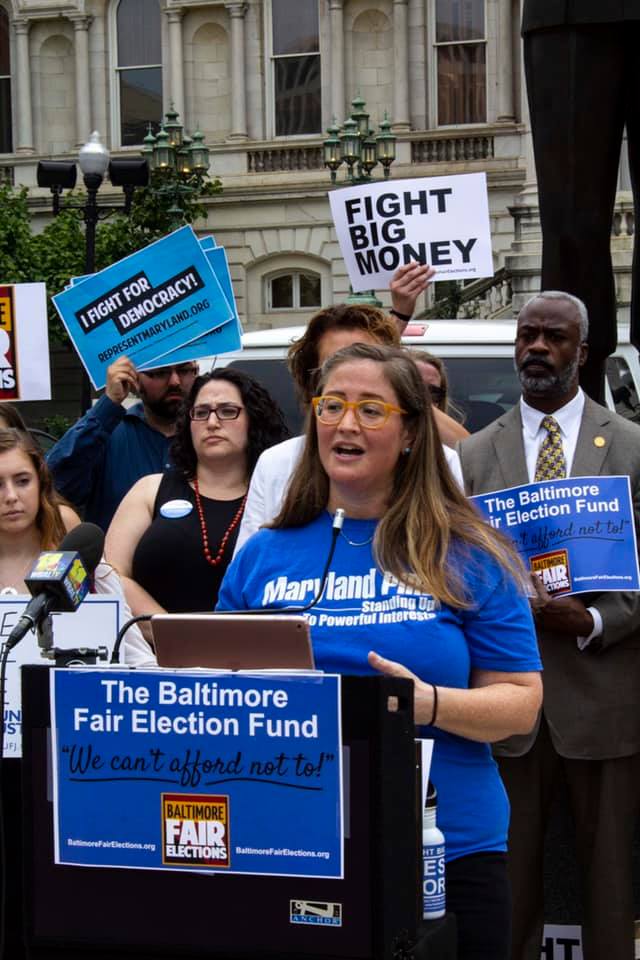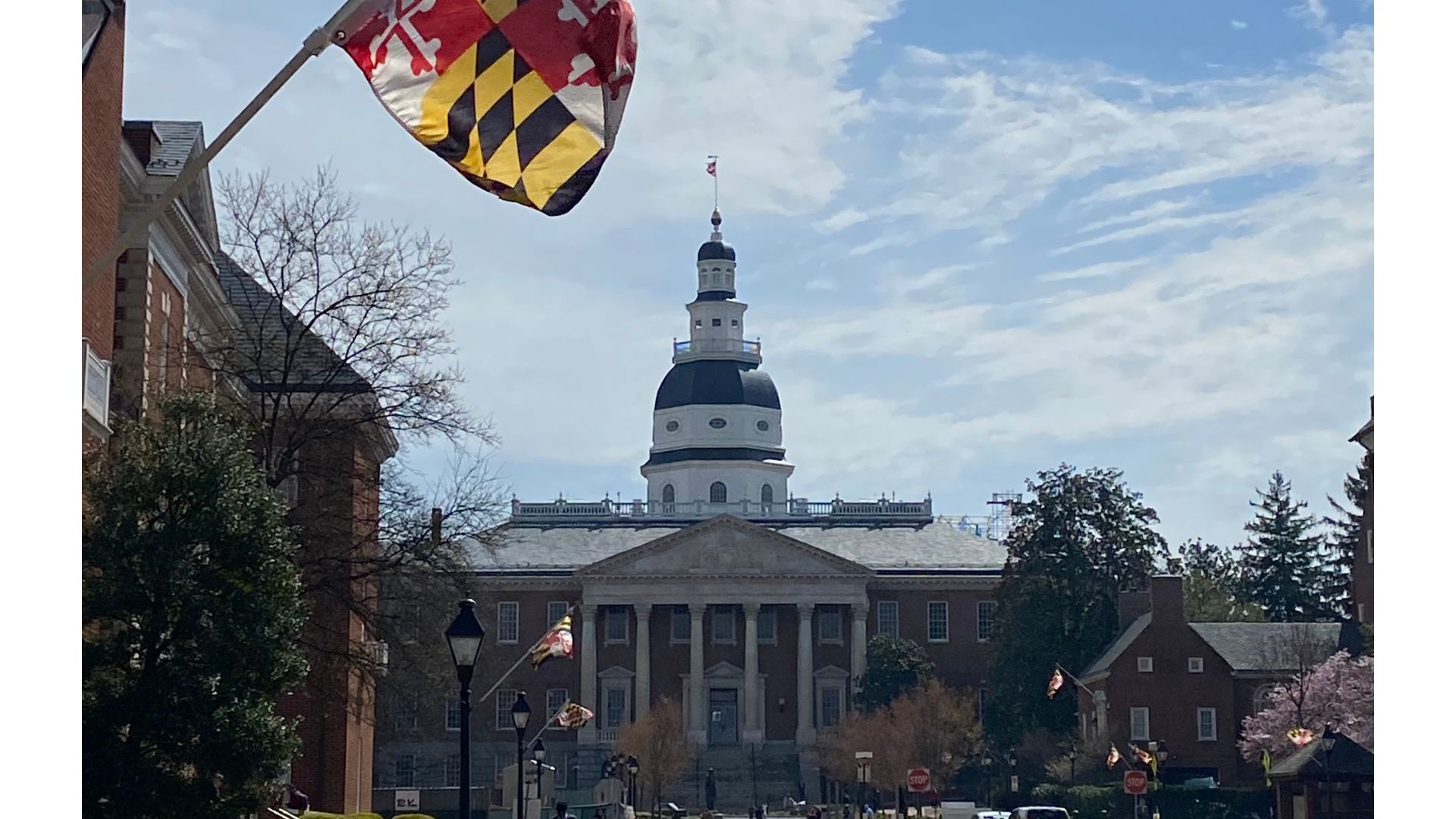
Testimony: Textbook Cost Transparency Act
This bill increases textbook price transparency for students in the Maryland University system. Students in the midst of financial planning for college need access to the full cost and range of choices, including those related to cost of course materials.
Testimony for HB318/SB667 University System of Maryland – Textbooks – Availability of Free Digital Materials Textbook Transparency Act of 2020
POSITION: FAVORABLE
We urge you to support HB318/SB667 to increase textbook price transparency for students in the Maryland University system. Students in the midst of financial planning for college need access to the full cost and range of choices, including those related to cost of course materials.
I’d like to share the story of my friend Rima, who is currently a senior in her final semester. When I worked with her on campus in 2017, Rima had just dropped two classes because she could not afford to purchase the books for them. These two classes were pre-requisites for her business major, and were only offered in the spring semester. This meant that Rima had to delay her graduation — and take on additional student loan debt for another semester’s worth of tuition — because she did not have $250 out of pocket to pay for books.
Rima’s story is sadly not unique. In 2016, research from the Student PIRGs found that over $3 billion in federal financial aid is spent on textbooks every year. [1] And in 2014, our research found that 65% of students have skipped buying textbooks because of their high cost. [2]
Free open textbooks provide an innovative solution to the barrier of materials cost for college students. Open textbooks are peer reviewed, like traditionally licensed textbooks, but their open license means they are more flexible for educators and not only can students access them for free but they can retain access after the end of the semester. Many professors, in an effort to remove barriers, already opt to use openly licensed or other free materials. Allowing students to know which classes utilize these materials, as laid out in HB318, gives students the ability to easily identify courses that utilized openly licensed options.
ent success in higher education, we need to address the high cost of course materials. Open textbooks are an excellent step towards affordability, and especially effective if students know which class sections are using them.
- We know that students are smart, and will work to cut costs however they can. Most students already make decisions on which classes to take based on the cost of materials, and one out of five students report dropping a class due to the materials cost. [3]
- Giving students access to course material information when they register for class will allow them time to shop around and find the best deal, if they still want or need to purchase materials.
- In addition to affordability, some studies indicate open textbooks can improve student performance. A University of Georgia study showed not only an improvement in student success, but also a decrease in dropping the course. Beyond that, Pell-eligible students benefited more than their peers. [4]
This bill provides students with vital information about their textbook options while they are registering for classes, allowing them to make informed choices and financially plan.
Thank you for introducing this legislation, and we urge a favorable report.
[1] The Student Public Interest Research Group, Covering the Cost: Why we can no longer afford to ignore high textbook prices. accessed online 02 February, 2020.
[2] The Student Public Interest Research Group, US PIRG Education Fund, Fixing the Broken Textbook Market, accessed online 02 February, 2020.
[3] Tillinghast, Beth. “Student Textbook Survey.” Manoa, HI, 2017. Accessed online 02 February, 2020.
[4] Colvard, Nicholas B., Edward Watson, and Hyojin Park. “The Association of American Colleges and Universities.” International Journal of Teaching and Learning in Higher Education, 2018.
Topics
Authors
Emily Scarr
State Director, Maryland PIRG; Director, Stop Toxic PFAS Campaign, PIRG
Emily directs strategy, organizational development, research, communications and legislative advocacy for Maryland PIRG. Emily has helped win small donor public financing in Baltimore City, Baltimore County, Howard County, Montgomery County, and Prince George's County. She has played a key role in establishing new state laws to to protect public health by restricting the use of antibiotics on Maryland farms, require testing for lead in school drinking water and restrict the use of toxic flame retardant and PFAS chemicals. Emily also serves on the Executive Committees of the Maryland Fair Elections Coalition and the Maryland Campaign to Keep Antibiotics Working. Emily lives in Baltimore City with her husband, kids, and dog.
Find Out More

2024 Legislative Agenda and Priorities

5 steps you can take to protect your privacy now

Fixed for the Holidays

